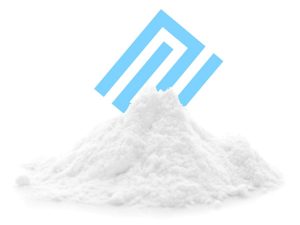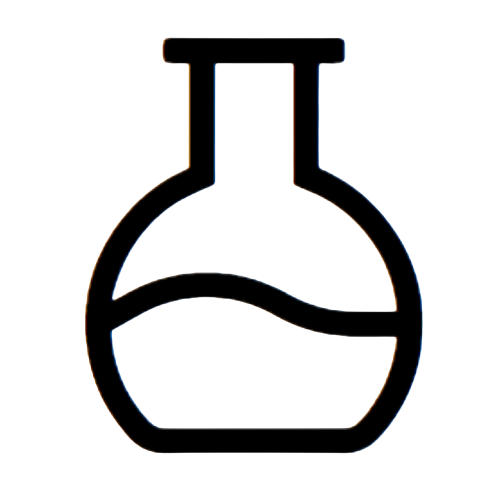The culture surrounding cannabis is prone to using umbrella terms to describe recognizable cannabinoids like THC and CBD, but that overgeneralization misses out on approximately 150 other compounds, including CBN. Cannabinol is one of the most widely known cannabinoids on the market and was actually the first cannabinoid to be identified by scientists. Made from federally-compliant hemp, as far back as the 19th century, CBN has been on the radar.
In the early 1930s, R.S. Cahn clarified the molecular structure. At that time, CBN was believed to be culpable for the euphoric currently associated with THC. After decades of research on CBN’s specific characteristics including studies on humans and rats, CBN has been linking to exponentially increasing the effects of concurrently consumed THC. This factor makes it a great addition to any Colorado Chromatography custom formulations.
As with CBDQ, CBN’s effects come from its gradual breakdown. This process occurs when the isolate is exposed to air and light. Colorado Chromatography’s isolate variety is so receptive to oxygen that it may slowly take on a slightly pink tone to match its floral aroma. This natural breakdown of CBN, along with decarboxylation, is more often found in large quantities among aged cannabis; it’s impossible to find a strain that produces a high-CBN compound in fresh cannabis. Furthermore, naturally aging cannabis rarely produces enough CBN to work with, so leaving the product exposed to open air circulation is not the best way to extract the full CBN potential. Due to its miniscule natural occurrence within hemp, large-scale production of this isolate requires up-to-date extraction and synthetic organic chemistry techniques.

CBN can be presented either in isolate or distillate form most commonly, and Colorado Chromatography’s solid product is sold in 20g, 100g, 500g, 1 kilo, and 5 kilo isolate sizes. Following derivation and the initial synthesis, CBN goes through multiple purification steps to ensure its purity standards are 98 percent and above.
The purer the CBN product is, the better it produces benefits like its antibacterial properties. CBN has shown potency in battling strains of MRSA bacteria, a particular bacteria which has a history of antibacterial resistance. This aids in CBN’s potential for medical use, as well as its affinity for working as an anti-inflammatory agent. Studies specifically targeting a link between CBN and arthritis-related pain reduction have indicated a soft link, while a study in “Archives of Oral Biology” found an analgesic effect on animals, reducing symptoms of chronic pain disorders and reduction of muscle spasms. Outside of the formal healthcare setting, CBN is also noted to have promise as a THC alternative for appetite stimulation, and as a remedy for insomnia. As with THC, CBN binds with CB1 receptors to give the “high”, but with an added sedative property. In fact, 5mgs of CBN are roughly the equivalent to 10mgs of Valium. It doesn’t share THC’s intoxicating properties, but instead is a nice middle-ground between the rush of THC and the mellow wave of traditional CBD.











